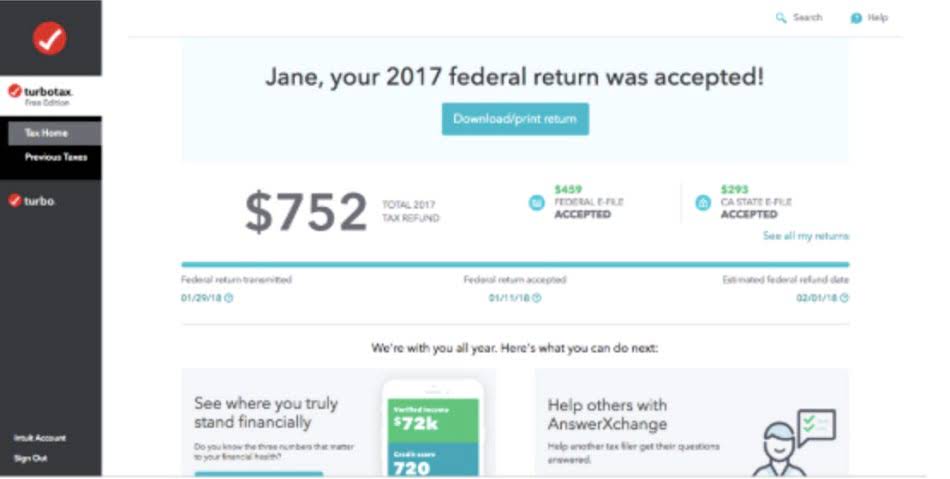
When combined with other metrics, shareholders’ equity can help you develop a holistic picture of the company and make sound investing decisions. Retained earnings are the company’s overall profits/earnings accumulated over time. It is used by the company to manage its working capital situation, acquire assets, repay debt, and so on. These have not yet been distributed to stockholders and are being held by the corporation for future investment in the business. Common stockholders have more rights in the corporation in terms of voting on company decisions, but they are last on the priority list when it comes to paying. In the event of liquidation, common stockholders will be paid first, followed by bondholders and preference shareholders.

Company
In recent years, more companies have been increasingly inclined to participate in share buyback programs, rather than issuing dividends. The excess value paid by the purchaser of the shares above the par value can be found in the “Additional Paid-In Capital (APIC)” line item. Adam Hayes, Ph.D., CFA, is a financial writer with 15+ years Wall Street experience as a derivatives trader.
What Is Included in Stockholders’ Equity?

Stockholders’ equity is also referred to as shareholders’ or owners’ equity. For example, many soft-drink lovers will reach for a Coke before buying a https://www.instagram.com/bookstime_inc store-brand cola because they prefer the taste or are more familiar with the flavor. If a 2-liter bottle of store-brand cola costs $1 and a 2-liter bottle of Coke costs $2, then Coca-Cola has brand equity of $1. A company may refer to its retained earnings as its “retention ratio” or its “retained surplus.”
- After the repurchase of the shares, ownership of the company’s equity returns to the issuer, which reduces the total outstanding share count (and net dilution).
- The Statement Of Shareholder Equity typically contains four sections that give a picture of how the business is doing.
- A company’s balance sheet contains all of the information needed to calculate shareholders’ equity.
- When compared to the same quarter last year, the year-on-year change in equity was a decline of $25.15 billion.
Issued Shares and Paid-in Capital
Through this essential financial document, corporations uphold an important facet of good governance—transparency. Beyond mere trend analysis, financial ratios derived from the shareholders equity statement help evaluate the company’s financial soundness and efficiency. Secondly, these correlations aid in determining the return on shareholder investments. https://www.bookstime.com/ Fluctuations in shareholder’s equity imply changes in the shareholders’ wealth. Drawdowns might indicate the issuance of dividends or buy-back of shares, while a surge could be due to the company’s accumulation of profits. Studying annual changes in shareholders equity provides a broad outlook on the company’s financial position.


Profit and loss statements, accounts receivable aging reports and cash flow statements are just a few of the essential documents necessary for planning growth and staying on top of money matters. However, some small business owners may overlook the statement of shareholders’ equity ― part of the balance sheet ― while focusing on money coming into and leaving the organization. However, income shouldn’t be your only focus if you want a genuine idea of how your operations are faring. Put simply, a statement of shareholders’ equity is part of a company’s balance sheet that provides investors with a quick description of the company’s performance. It’s often derived by subtracting a company’s liabilities from its assets.
- Users of financial statements can understand the movement of equity value.
- They also have to communicate clearly to shareholders how these initiatives will lead to long-term value.
- Companies must ensure that these initiatives align with their strategic goals and have potential for future profitability.
- Shareholder equity alone is not a definitive indicator of a company’s financial health; used in conjunction with other tools and metrics, the investor can accurately analyze the health of an organization.
- From the viewpoint of shareholders, treasury stock is a discretionary decision made by management to indirectly compensate equity holders.
- Companies may do a repurchase when management cannot deploy all of the available equity capital in ways that might deliver the best returns.
Licensing Revenue Model: An In-Depth Look at Profit Generation

Suppose a company’s equity accounts on January 1, 2020, the start of its fiscal year 2020, consists of the shareholders equity statement example following. Both U.S. GAAP and IFRS require companies to include a document that outlines the changes in all equity accounts for greater investor transparency. This figure includes the par value of common stock as well as the par value of any preferred shares the company has sold. Long-term assets are the value of the capital assets and property such as patents, buildings, equipment and notes receivable.




